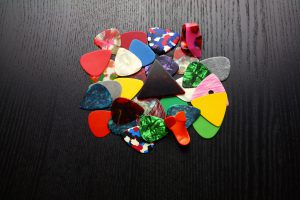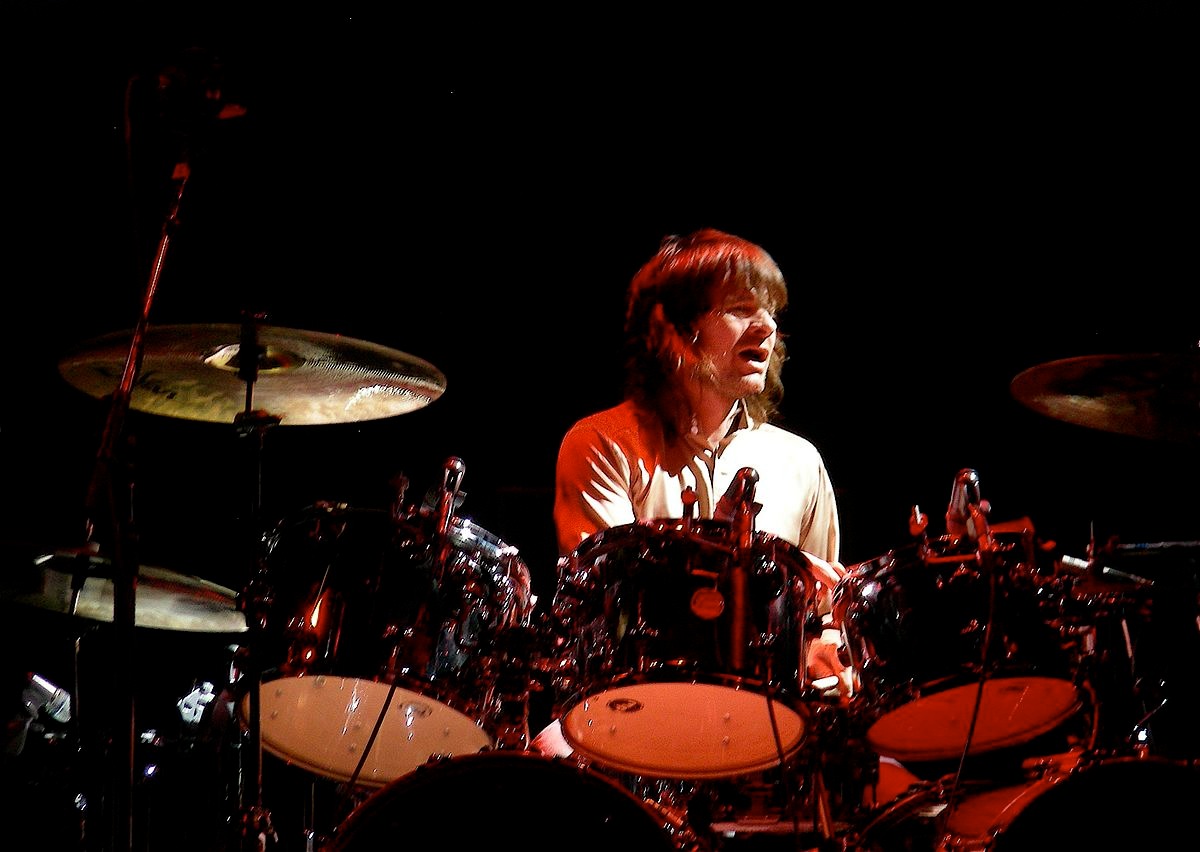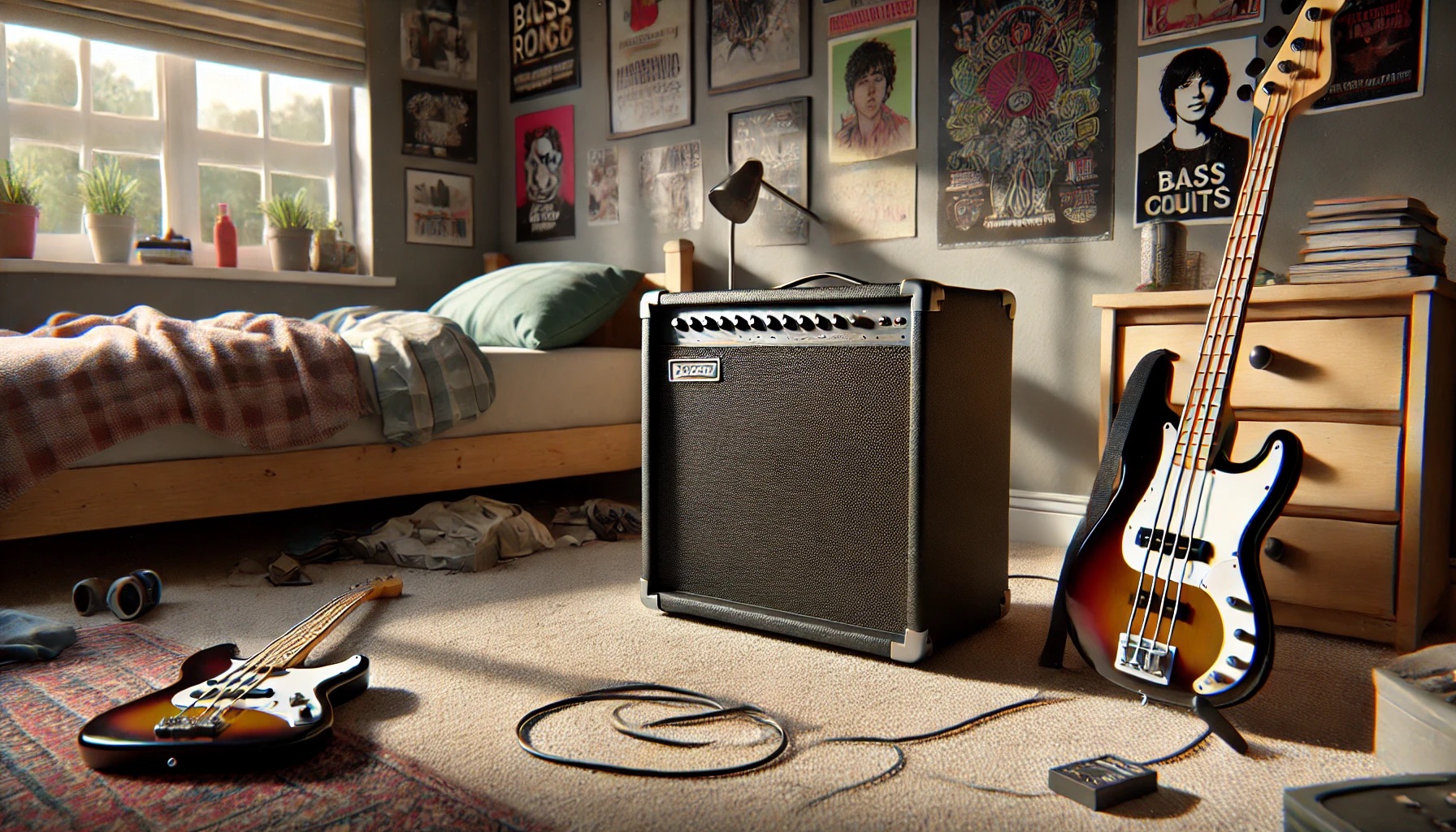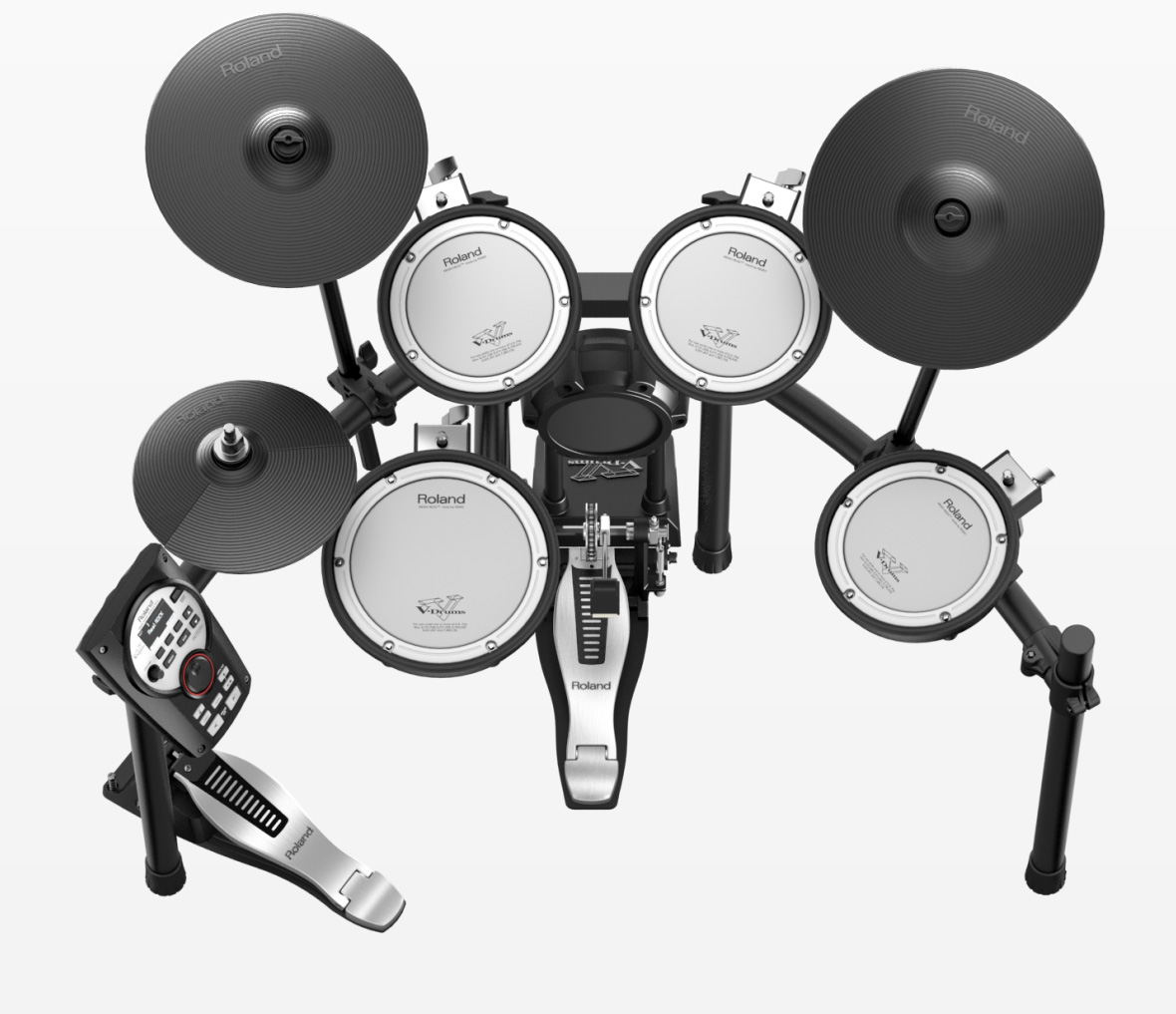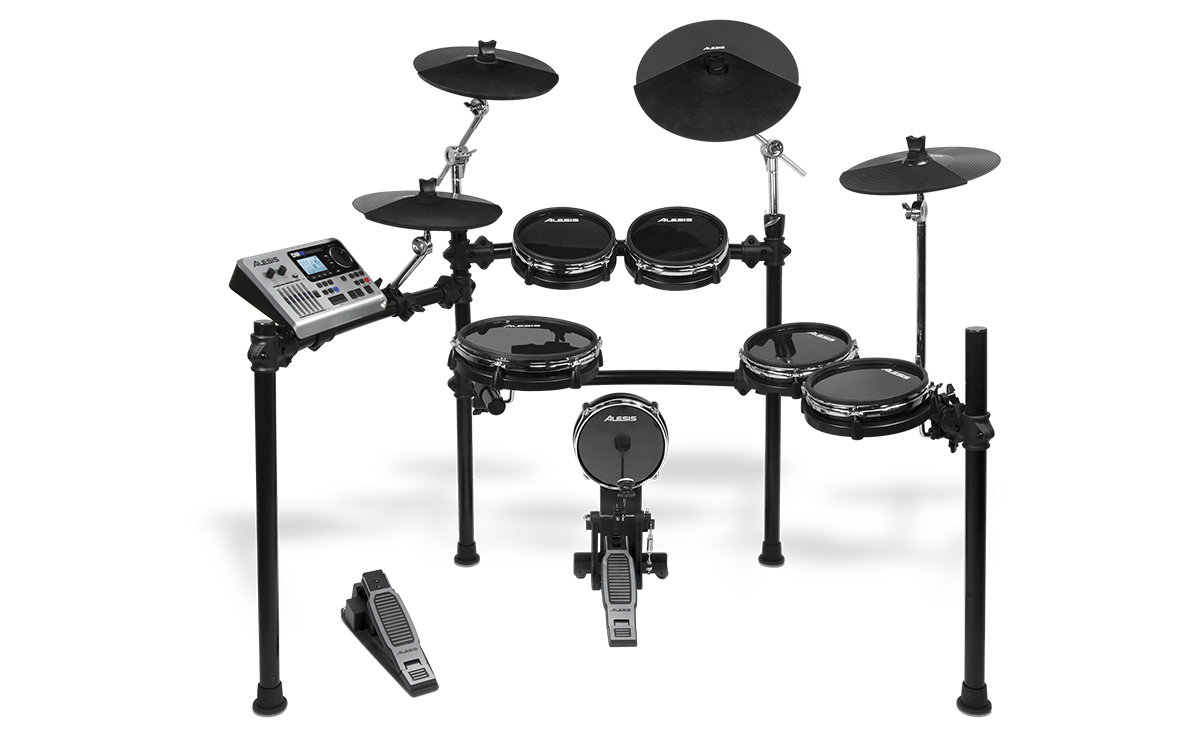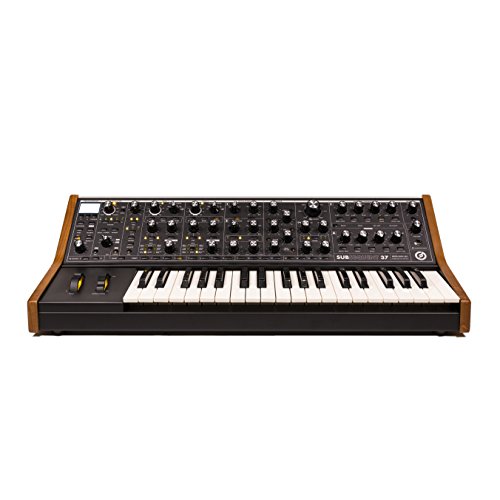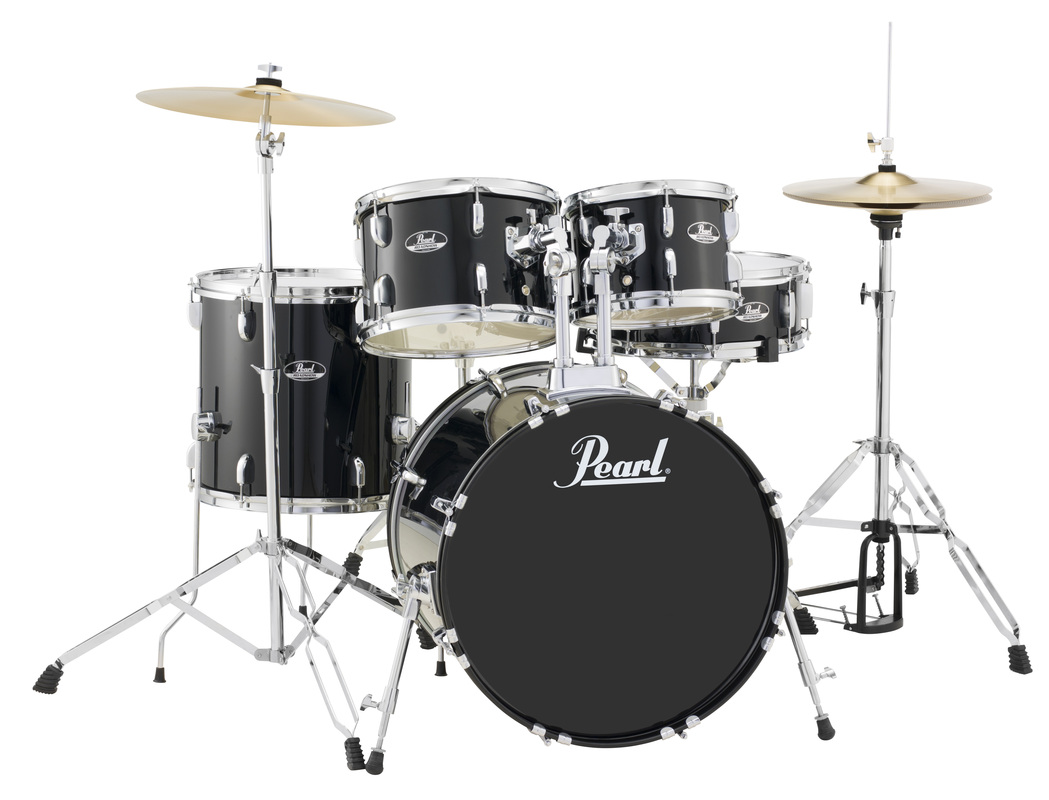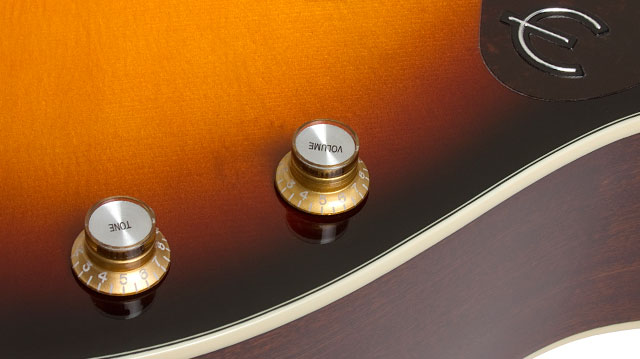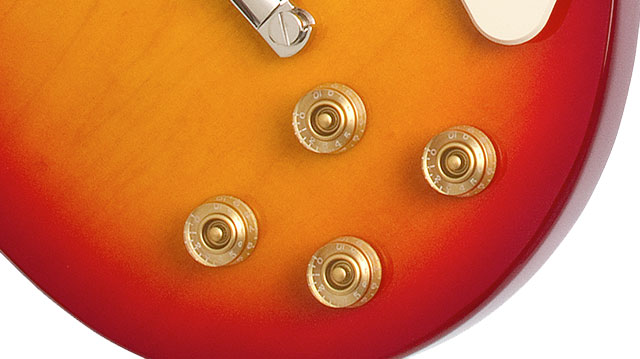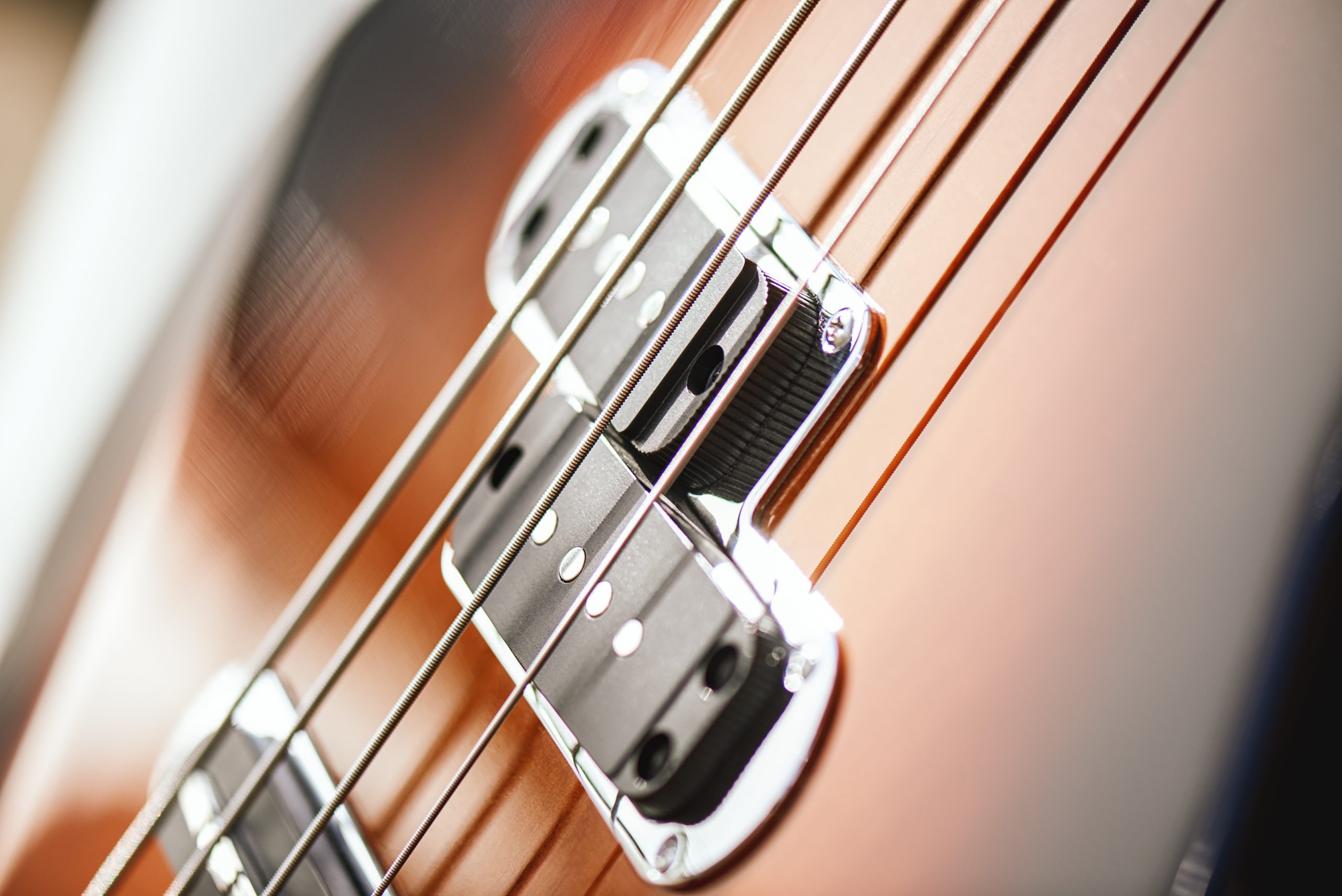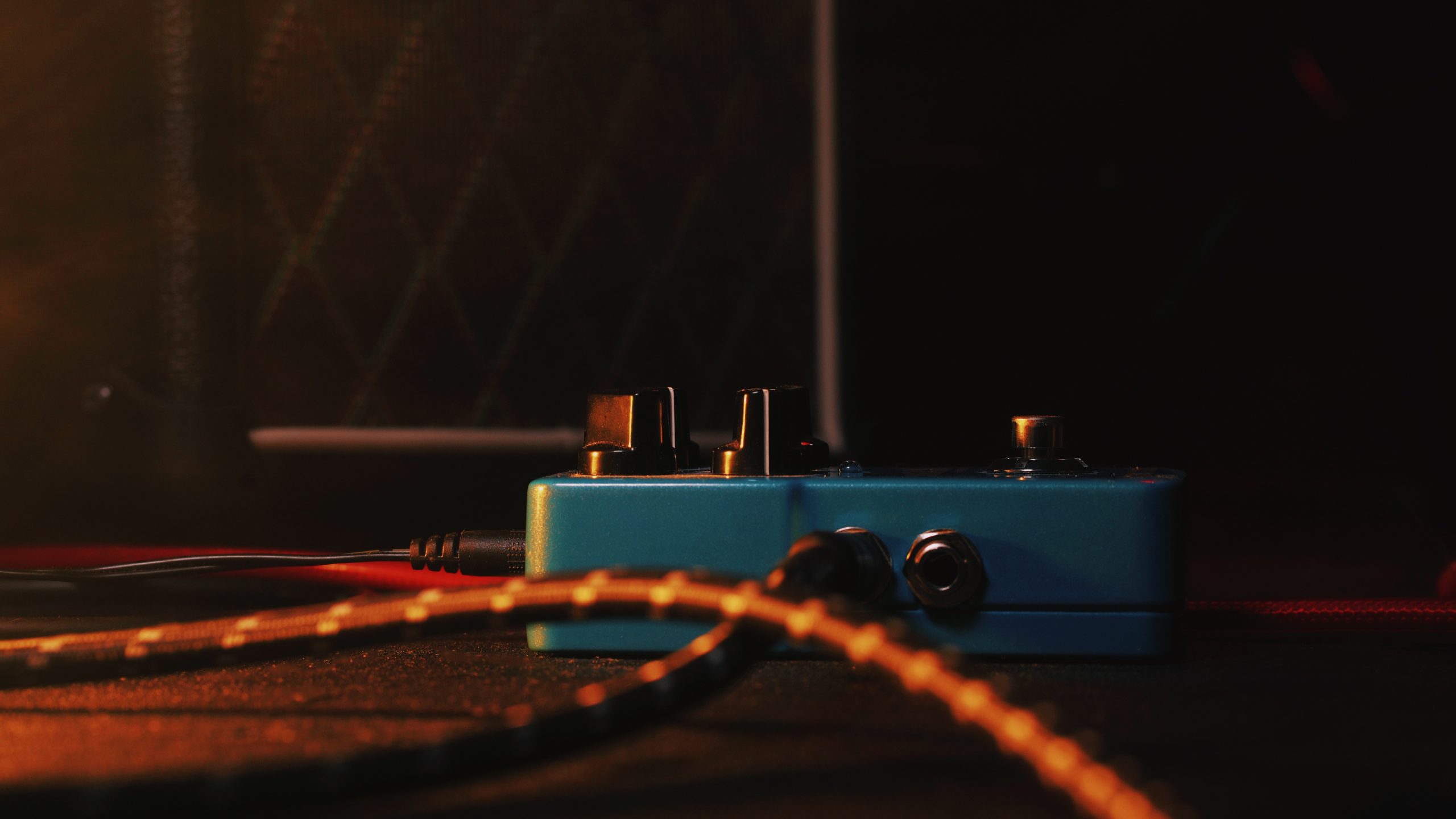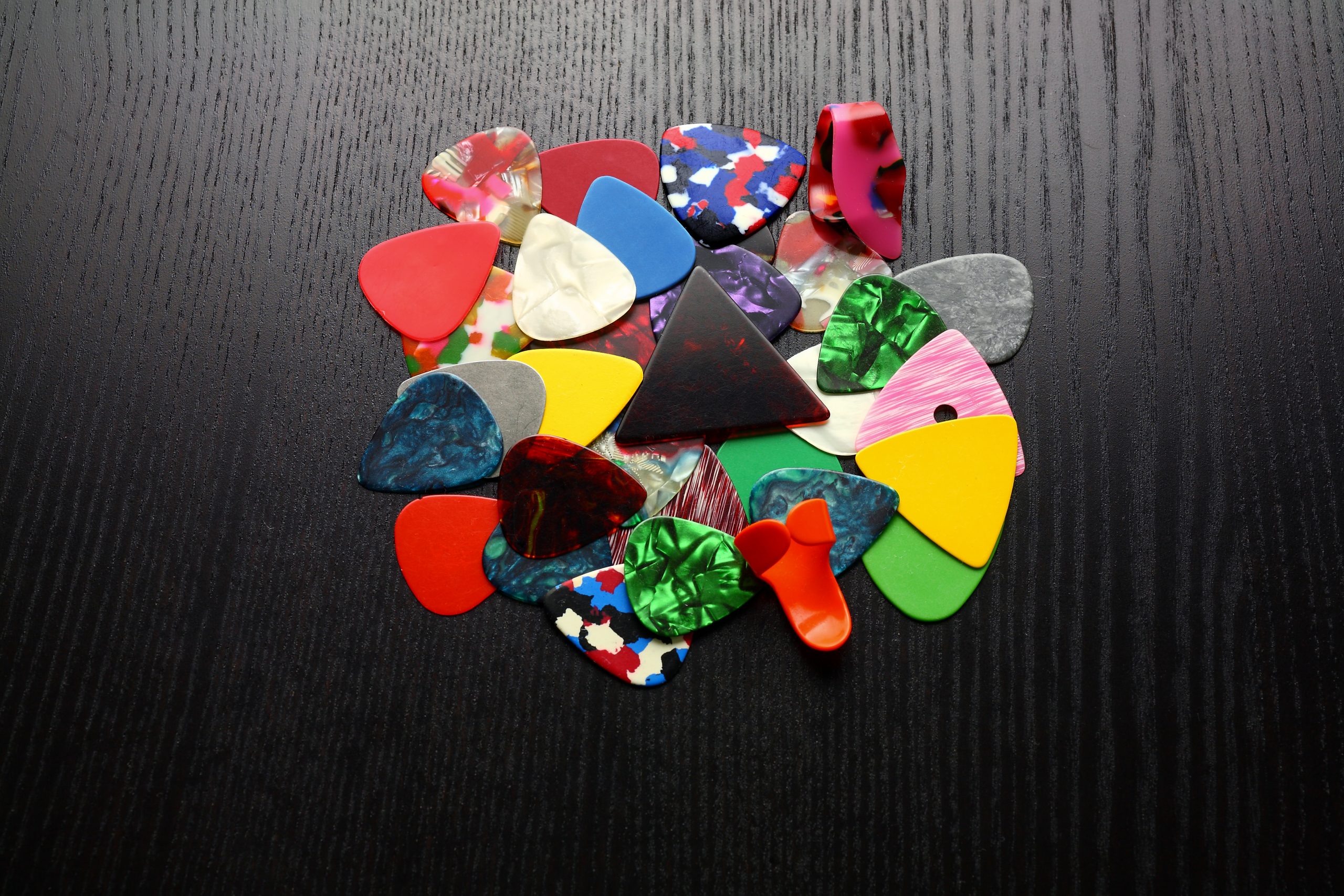When Prince‘s Cloud guitar sold for nearly $900,000 at auction, it confirmed what music fans already knew: some instruments transcend their function to become cultural artifacts. The sculptural white guitar now sits in the Smithsonian, transformed from stage weapon to religious relic. But the Cloud’s real revolution happened decades earlier, when it rewrote the rules of what electric guitars could represent.
When Guitars Became Hieroglyphs
Prince’s 1983 commission created a three-dimensional symbol that rejected traditional guitar design.
In 1983, Prince commissioned Minneapolis luthier Dave Rusan to build something unprecedented—despite Rusan never completing a full guitar before. The Cloud’s sweeping curves and spiral horn drew inspiration from the Sardonyx F bass and Gibson F-style mandolin, creating a three-dimensional glyph that deliberately rejected the familiar silhouettes of Stratocasters and Les Pauls.
The neck-through construction—where the neck extends through the entire body—provided sustain that seemed to stretch forever, while the hand-carved contours fit Prince’s diminutive frame like custom armor. This wasn’t just visual theater. The 24.75-inch scale length made complex passages more manageable, while the sculpted body allowed unprecedented stage acrobatics without sacrificing tone.
Rusan built four originals in colors that became mythic: white, yellow, peach, and deep purple. Each functioned as both instrument and symbol, anticipating Prince’s later Love Symbol period when he’d use glyphs to assert creative independence over industry conventions.
The Sound Behind the Symbol
Active EMG pickups and precision hardware created the Cloud’s legendary “unearthly” tone.
The Cloud guitar‘s otherworldly tone came from its EMG pickup configuration: an SA single-coil in the neck position delivered crystalline clarity, while the 81 humbucker at the bridge provided searing power. These active pickups, powered by a 9-volt battery, produced the sound that cut through arena mixes and defined Prince’s guitar voice from 1984 to 1994.
The technical specs—Schaller bridge, brass nut, gold hardware—weren’t just aesthetic choices. The brass nut enhanced sustain and brightness, while the Schaller tuning machines stayed stable during Prince’s aggressive performance style.
These guitars survived being thrown, spun, and subjected to the kind of stage abuse that would destroy most instruments. Later Schecter-manufactured versions brought the design to retail, but Rusan’s originals remained Prince’s preferred stage companions, built to withstand a performer who treated his guitar like a lightning rod.
Since Prince’s death in 2016, the Cloud has achieved mythic status. Original models fetch auction prices that rival vintage Picassos, while museums display them as cultural artifacts. The Cloud proved that custom instruments could become hieroglyphs—personal symbols that transcend their original function to embody an artist’s entire creative universe.





